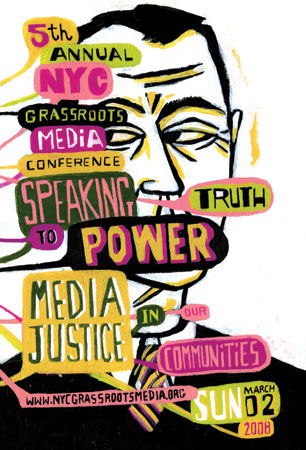In Italo Calvino’s Invisible Cities (1974) two characters named Kublai Khan and Marco Polo sit in a garden. Polo tells the Khan — sometimes in words, sometimes through symbols, sometimes through the relation of pieces on a chessboard — of cities he has visited within the vast empire. Here are a few. In the middle of Fedora is a metal building with a crystal globe in every room, each containing a model of the city as it might have been in a possible future, constructed at a different stage of its history. At every solstice and equinox, around the fires of the marketplace of Euphemia, there is trade not in goods but in memories. In Ersilia, the inhabitants stretch strings between all the houses — marking relationships of blood, of trade, authority, agency — until one can no longer pass, all but the strings are taken down, and Ersilia is built again elsewhere. Thekla is continually under construction, following the blueprint of the stars, while Andria already reflects the heavens precisely — in every street, building, job, and ceremony — but those who live there must carefully weigh each change to the city, given the changes it will produce in the heavens. Polo and the Khan each propose a model city, from which all others can be deduced. They look through atlas pages that contain not only all the cities of the Khan’s empire, but all those that will one day come to exist (Paris, Mexico City), and all imaginary lands (Utopia, New Atlantis).
It is not hard to picture Tale-Spin as an addition to this list of imaginary lands. (more...)

 The Conference is a chance for media activists to come together, compare notes, and stratagize. It’s always worth attending. This year,
The Conference is a chance for media activists to come together, compare notes, and stratagize. It’s always worth attending. This year, 




 Many of you will be interested to know that Jeff Howard’s book
Many of you will be interested to know that Jeff Howard’s book 